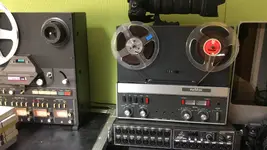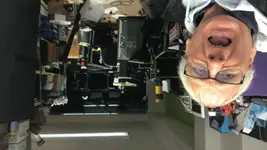rob aylestone
Moderator
I'm still away but cannot confirm this one? If somebody gives me a 2track 15ips half track tape, the only half track machine I have tops out at 7.5ips. They want the tape content on a USB stick as an mp3. If I record this at the half speed, then double it in the DAW, has anyone tried this and got any strange artefacts? I'm thinking that the slow, low recording can just have the sample rate changed and it should be fine? There could be issues with the EQ of course, 15ips tapes often being different, EQ wise - but what do you all think?


